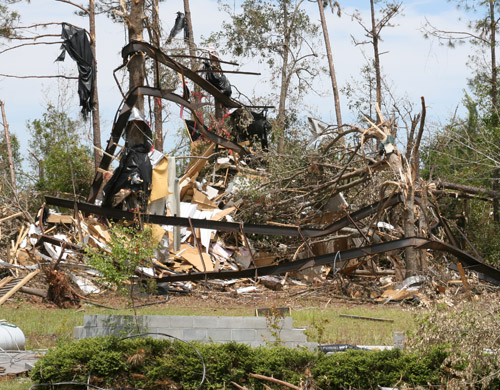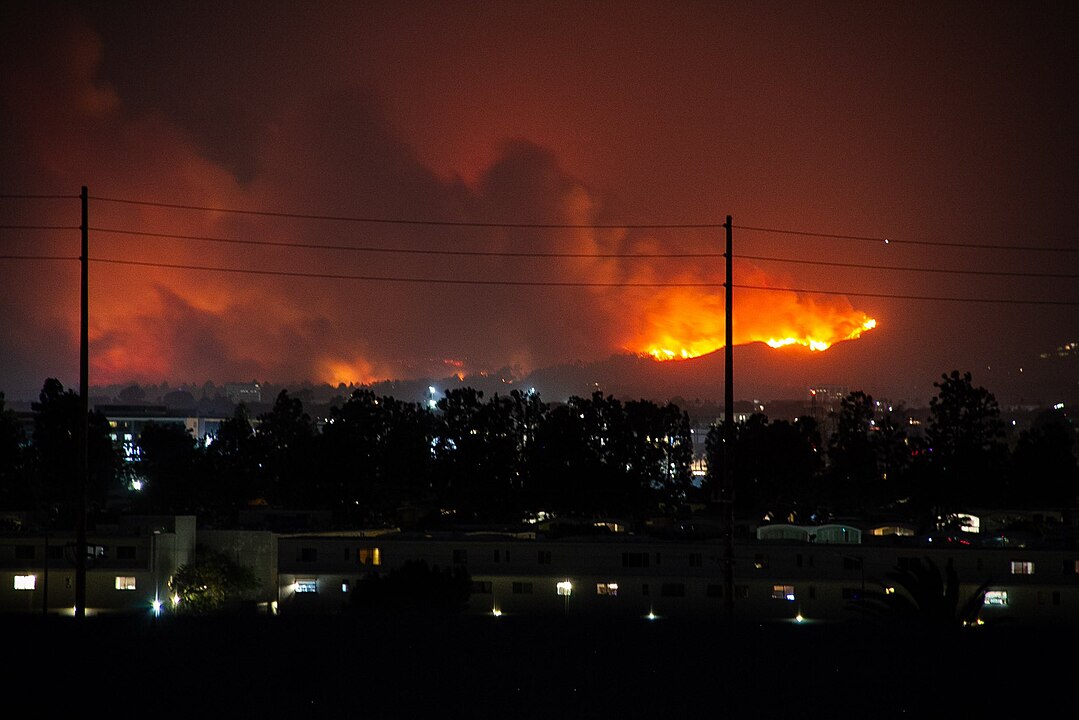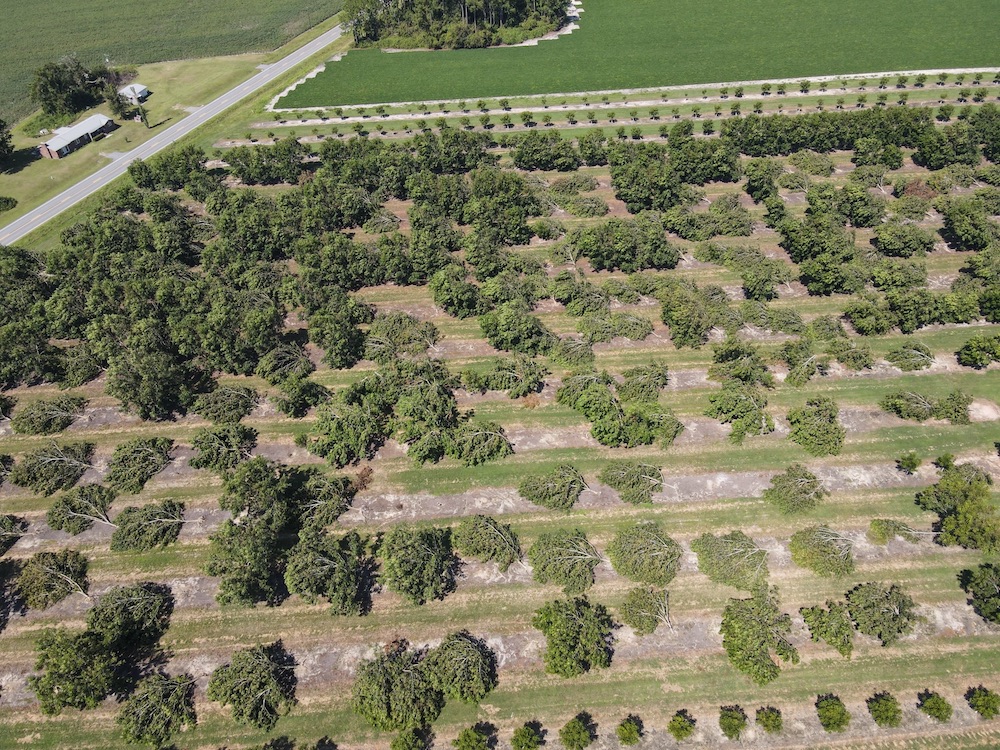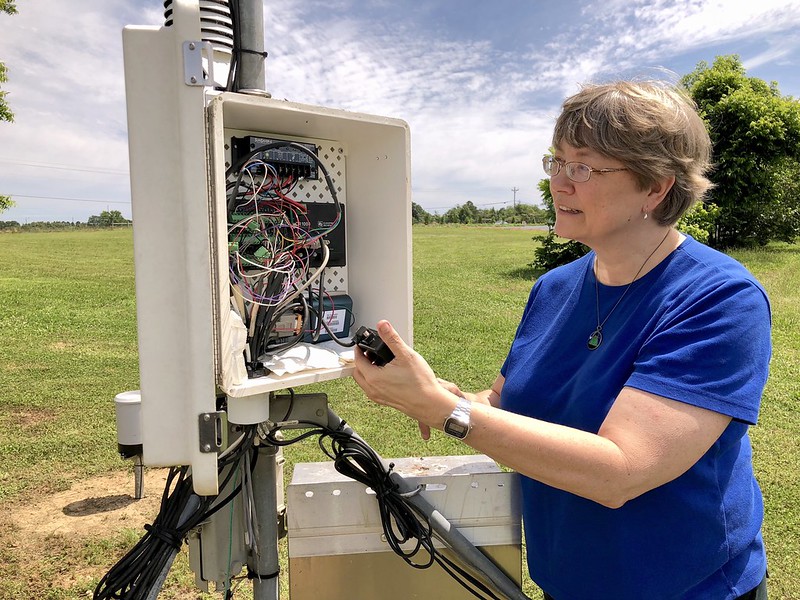When severe weather threatens, preparing before the storm hits can help you keep your food and water safe.
Power outages
Severe storms and hurricanes can result in loss of power and can jeopardize the safety of food in your refrigerator or freezer. Follow these tips to prepare for the worst before weather emergencies strike.
Purchase refrigerator/freezer thermometers for your refrigerator and freezer. Make sure the temperature of your refrigerator is 40 degrees or colder and your freezer is 0 degrees or colder. Having a thermometer in your refrigerator and in your freezer will help you to know just how high the temperature gets in your appliances when the power goes off.
Freeze extra containers of ice to help keep foods cold while the power is off.
Keep refrigerator and freezer doors closed as much as possible when the power is off. A refrigerator will keep food safely cold for about 4 hours if the door remains closed. A full freezer will hold the temperature for about 48 hours; a freezer that is only half full will only maintain its temperature for about 24 hours if the door stays closed.
Coolers are another option for refrigerated food. If the power is off for more than 4 hours, foods can be transferred to coolers containing ice to keep them cold.
Find out ahead of time where block ice or dry ice can be purchased in your area. These types of ice are a good option for keeping your refrigerator and freezer cold during a power outage.
Perishable refrigerated foods like meats, poultry, fish, soft cheeses, milk, eggs, leftovers and deli items should be discarded if the power stays off for more than 4 hours and food is not kept at 40 degrees or colder.
If the power is off for several days, check the temperature of the freezer. If the food still has ice crystals or is at 40 degrees or colder (for no longer than two to three days) then the food is safe to eat.
Floodwater
Do not eat any food – unless it is in a waterproof container – that may have come in contact with floodwater. This includes foods that are in containers with screw caps, snap lids, pull tops and crimped caps. Home-canned foods and cardboard boxes containing juice, milk and baby formula should also be discarded if they come in contact with floodwaters. Commercially canned food should be discarded if the metal can is damaged in any way. Examine each can and throw it away if there is evidence of swelling, leakage, extensive rusting or severe dents.
Cans not damaged can be salvaged by removing labels that could harbor germs. Thoroughly wash the cans with soap and hot water, and rinse the cans with water that is safe for drinking. Next, sanitize the cans by mixing a solution of a tablespoon of chlorine bleach per gallon of drinking water. Another way to sanitize cans is to place them in boiling water and boiling them for two minutes. Allow the cans to air dry for at least one hour before opening or storing.
Drinking water
If the safety of drinking water supplies is in question, use bottled water that has not been exposed to floodwaters. If bottled water is not available, treat your water to destroy disease-causing organisms that could be present.
First, filter cloudy water through a clean cloth. Boil the water for one minute. After cooling for at least one minute, store the water in clean containers with lids.
If boiling is not an option, disinfect the water using unscented household chlorine bleach. Add 1/8 teaspoon, or 8 drops, for each gallon of water. Let stand for 30 minutes. Some disease-causing organisms are resistant to chlorine, but chlorine treatment alone will reduce your risk in an emergency situation. Store the water in clean containers with lids.
For more information on food and water safety in severe storms, visit www.fsis.usda.gov/pdf/severe_storms_and_hurricanes_guide.pdf or contact your local county Extension office at 1-800-ASK-UGA1.








